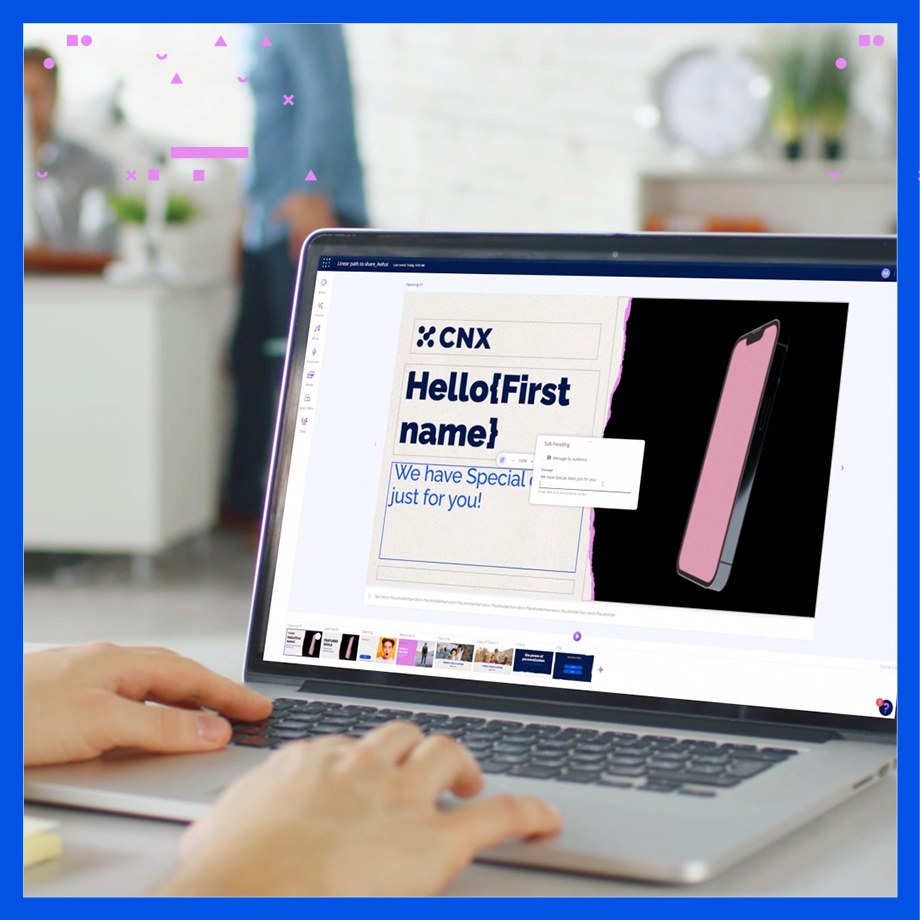Multiple systems operators (MSOs) and telecommunications companies are gearing up for battle. It’s not a war waged with fists, but with technical jargon like Internet of Things (IoT) pressure and device load. Typical concerns such as speed and cost will still always be up for grabs, of course. Yet there’s a new factor that has been thrown into the mix.
What MSOs and telecoms seek is competitive advantage on a variable that could tip the balance sheet one way or the other – reliability.
None of this should come as a surprise. The IoT continues to get more robust, putting a strain on the ever-expanding array of apps and devices to deliver superior connectivity. In some markets, homes have an average of 5-10 devices connected with an expectation of approximately 18 hours a day of use. Clearly the notion of having reliable internet, phone and cable service is now a determinant in a customer’s choice of a service provider. In this respect, telecommunications must be considered a utility as sacred as electricity.
There are two forms of reliability desired by customers:
- Reliability of service – the speed of connectivity and the continuing ability for cable, phone and internet to function.
- Reliability of functionality – the process of regaining lost connectivity. How can service be restored with the least amount of time, effort and interaction with the telco provider?
It used to be that a customer with cable or internet trouble would place a call to technical support, explain the details and wait for a technician to arrive at their home. Saddled by long wait times, the process became convoluted, slow and costly on both the customer and provider sides. Today, in the interest of becoming more reliable, MSOs and telecoms have devoted more resources toward improving the customer service experience.
An emerging trend in this area has been to enable customers with self-sufficiency. However, Frequently Asked Questions (FAQ) pages containing step-by-step directions are often limited in scope and vary widely in consumers’ awareness of the pages and their willingness to use them. Instructional videos are a step in the right direction, but are also unable to properly assess an issue specific to the customer.
What’s required is a form of one-to-one communication – personalized video – to cover the myriad number of support cases that may occur with faulty service.
This technology makes it possible for direct engagement with subscribers in a way that is easily digestible. Customers are able to take action without the need to speak to a support person, wait for a maintenance truck or suffer with poor connectivity for an extended period of time. When a personalized video platform enables customers to provide the exact parameters of their situation (e.g. device type, the number of other connected devices in the home, position of the device in relation to the router), it greatly expedites the support pipeline.
Some MSOs and telecoms have already begun to incorporate personalization into their customer service initiatives. Verizon FIOS offers 180 different agile development use cases to personalize the support process for their cable and internet set-top boxes. Comcast is working on Application Program Interface (API) infrastructure to make their data structured for personalized video.
Maybe you need to move your laptop closer to the router. Maybe you need a Wi-Fi booster in the room. Whatever the diagnosis, personalized video creates an opportunity for consumers to give accurate information unique to their problem, returning connectivity to the home more efficiently. Customers perceive reliability in their service provider, building brand loyalty, while MSOs and telecoms reduce costs. Everyone is happy.
Well, almost everyone. Some critics of personalized video claim that customers, particularly older subscribers, will not adapt to the new technology and prefer the tried-and-true method of a phone call to customer support, followed by a technician’s visit. While it may never be possible to implement a process that works for all customers, self-service is not intended as a replacement strategy, but rather a first-line-of-defense approach – the first filter toward streamlining the process of technical support.
The use of personalized video can change a consumer’s first response to a technical difficulty from “Make the call and wait for a technician” to “I can solve this issue on my own.” When MSOs and telecoms empower subscribers this way, it assumes in them a sense of reliability – and as a result, the power to internet, phone and cable service remains suitably reliable.







